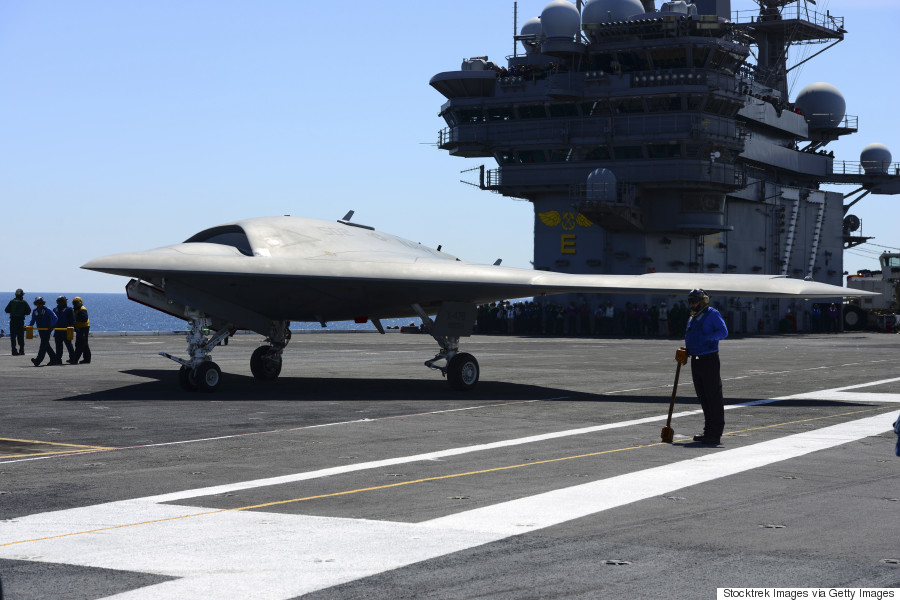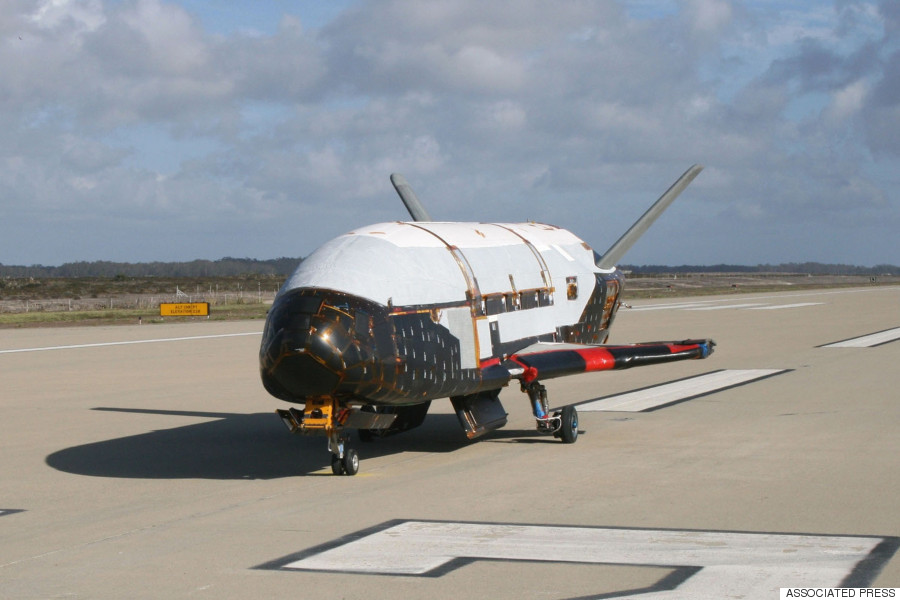 NASA’s New Supersonic X-Plane Will Be The Foundation For A New ‘Concorde’
NASA’s New Supersonic X-Plane Will Be The Foundation For A New ‘Concorde’
NASA has unveiled plans to start work on an experimental new plane which would be capable of ‘quiet’ supersonic flight.
By creating a ‘low boom’ aircraft NASA hopes the design will then lead to the rebirth of commercial supersonic flight, not seen since theConcorde took to the skies.
Working in partnership with Lockheed Martin, NASA has awarded the company $20m to begin the preliminary work of coming up with a design and then a physical test aircraft which can successfully prove that such an aircraft can be made.
The aircraft would be the latest in a long and prestigious line of ‘X-Plane’ aircraft which have been designed by NASA to test out revolutionary new flight designs.

“NASA is working hard to make flight greener, safer and quieter – all while developing aircraft that travel faster, and building an aviation system that operates more efficiently,” said NASA Administrator Charles Bolden.
“To that end, it’s worth noting that it’s been almost 70 years since Chuck Yeager broke the sound barrier in the Bell X-1 as part of our predecessor agency’s high speed research. Now we’re continuing that supersonic X-plane legacy with this preliminary design award for a quieter supersonic jet with an aim toward passenger flight.”



















